Fennel (also known as anise), is a sweet vegetable that can be eaten raw in salads, cooked into soups, sauces, and pastas, or enjoyed as a roasted vegetable side dish.
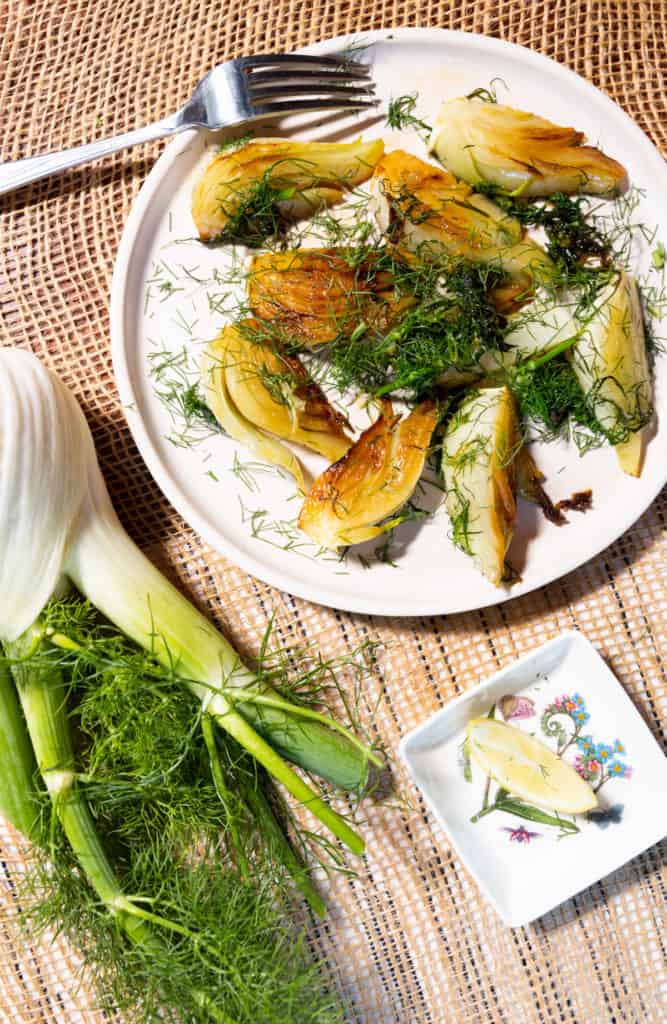
Fennel bulb has a rich tradition in French and Italian cuisines, where the elegant vegetable is frequently used in pastas, but also famously enjoyed as an amuse-bouche or palate cleanser.
An amuse-bouche is a small bite of an appetizer taken before a meal that stimulates the appetite. Fennel also cleanses the tongue so that you can better taste your food and its flavors.
Jump to:
Medicinally, fennel is famous as a detox food, and for its digestion supporting properties. Being white in color, it is also associated with the lungs and is known for clearing phlegm and preventing coughs.
Nutritionally, fennel is anti-inflammatory and an excellent source of the antioxidant vitamin C, manganese, potassium, calcium, and dietary fiber.

Eaten raw, fennel bulb offers a pleasing crunch to any plate, and a light and refreshing feeling to the palate.
I definitely encourage you to taste your fennel bulb raw and appreciate all of its subtle flavors.
Once you’ve tasted a juicy morsel, and gotten to know it a little better, you’ll probably want to cook it.
I personally love to cook fennel bulbs. With a ribbed texture reminiscent of celery, it can be used just like any other vegetable.
How to use fennel (anise)
When you purchase a fennel bulb, it typically comes attached to 6-12 inches of stalks.
If you are fortunate, the stalks will contain fennel fronds, which range from lime to dark green in color and look like feathery leaves.
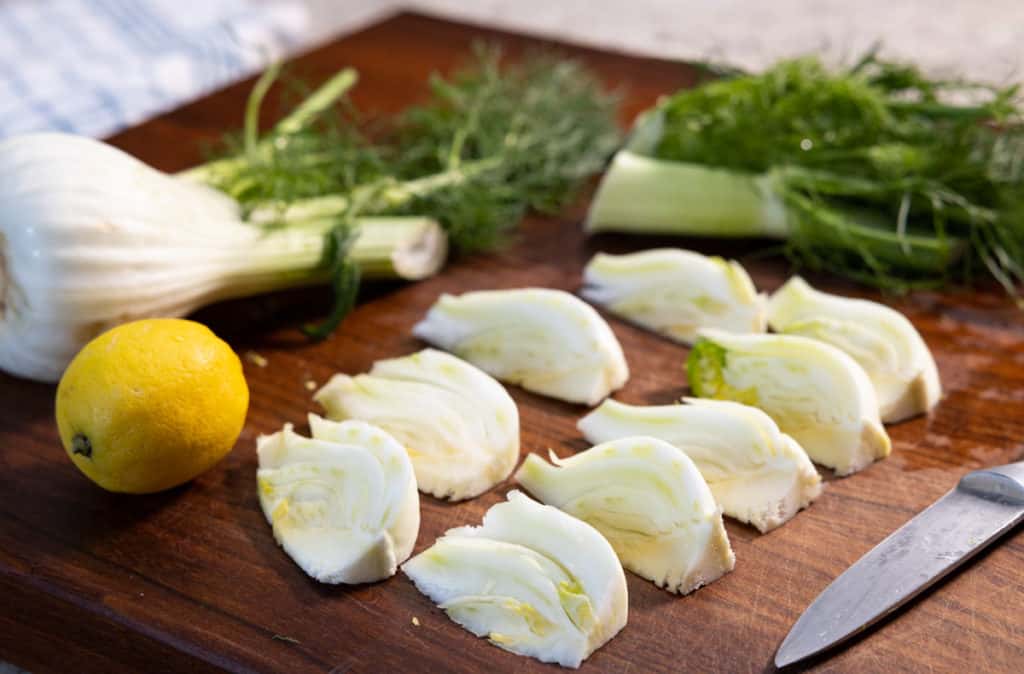
The entire fennel is edible, but the juiciest and tastiest parts are the bulb and the fennel fronds.
The bulb has a small core at the root end that I remove if eating raw, but keep if cooking.
I will also usually remove the outermost layer of the bulb, since it can be hard and fibrous, but you can also cook it well and eat it.
The feathery fennel fronds are attached to the stalks. When preparing the fennel, I pick off all the lime green fronds to eat, and discard the tough stalks.
Now that you have both fennel bulb and fennel frond to cook with, you can use both in the same recipe, or use the fronds as a fresh garnish for salads and other dishes.
Fennel in salads
Fennel is best enjoyed raw in salads when it is sliced very finely.
Try pairing fennel with black olives, tomatoes, and greens.
A lime or orange vinaigrette, or red wine vinaigrette would be lovely with it, along with a good quality olive oil and dijon mustard.
Since fennel hails from the Mediterranean, I’m thinking a pita bread warmed on a flat skillet with a bit of olive oil, salt, and pepper would be the perfect accompaniment.
Fennel with pasta
I am a huge fan of fennel in marinara tomato sauces. In a sauce, fennel acts as a natural sweetener to tame down the sour taste of the tomatoes.
Even the addition of a few fennel seeds will have this effect. Fennel seeds are also sweet.
I am thinking about a vegetarian pasta with fennel, shallots, radishes or turnips, summer squash, and fresh ripe, juicy tomatoes.
Eggplant would be another stellar vegetable to feature with fennel.
If you are pairing with cheese, definitely choose Parmigiano-Reggiano, which is the good, aged parm.
A simple sauce with fresh garlic, lemon, butter, and white white wine, or white wine vinegar would be amazing.
Finish with loads of Mediterranean fresh herbs, such as oregano, basil, and summer savory.
If you enjoy meat, think about apple-fennel sausage, or Italian sausage to go with your pasta.
How does fennel taste?
Fennel’s mild licorice flavor comes from three primary tastes: sweet, pungent, and bitter.
If you’ve ever eaten black licorice, then you know fennel. However, the fennel won’t taste nearly as potent as licorice does.
When it's cooked, what you primarily taste is the sweet taste.
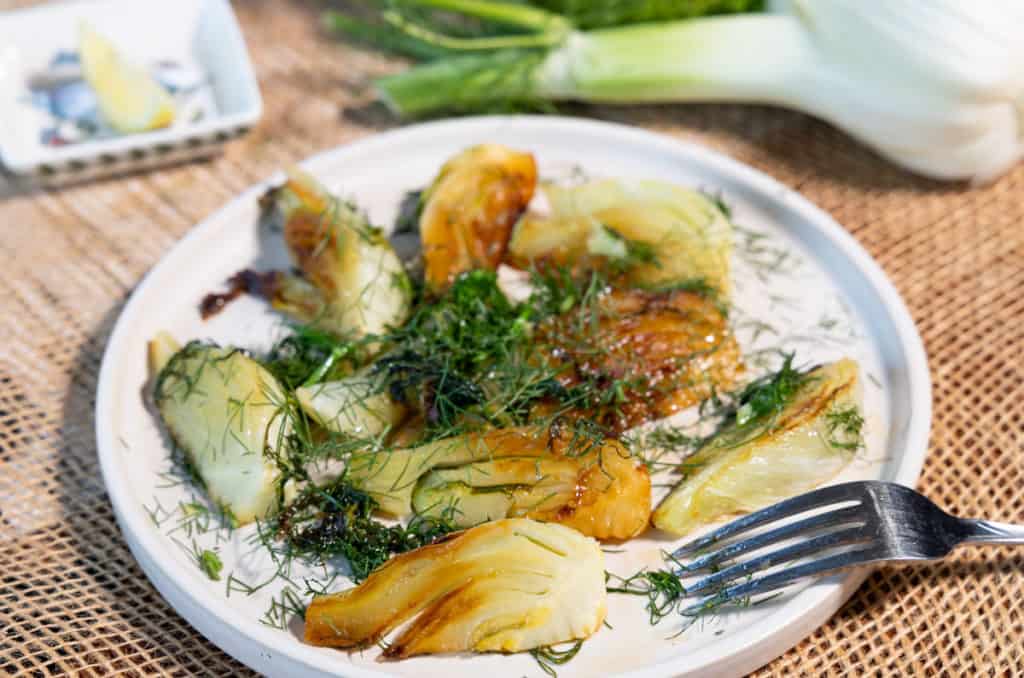
Roasted fennel bulb
Below I have a recipe for an elegant side dish of roasted fennel bulb.
I can’t remember how I discovered this flavor combination, but I am sure that I was inspired by the sweet, nourishing, richness of the fennel’s flavor and believed that by adding butter, honey, and lemon, I could turn it into something akin to candy.
Another thing that inspired me about this roasted fennel is the caramelization that you easily get on the fennel bulb.
The ability to use up both the fennel bulb and the fronds in a single dish is another thing to love.
And the dish comes together in just 15 minutes. Now that’s a winner!
Enjoy roasted fennel bulb with ...
Enjoy this roasted fennel bulb as an appetizer or side dish. Turn it into a complete meal along with meat, fish, or legumes and another side of vegetables, or a salad.
Below are some options I think would pair really well with the roasted fennel bulb below.
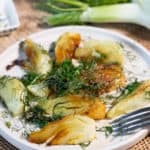
Recipe for Roasted Fennel Bulb
Helpful Kitchen Tools:
- Medium saucepan - 3.5 quart with lid
Ingredients
Instructions
- Wash the entire fennel bulb. Chop off the stems and root end. Save any fennel leaves and fronds for a later step.
- Slice the bulb into four quarters, remove the outer layer of the bulb, then chop each quarter in half again so that you have eight pieces in total.
- Heat ghee in a medium saucepan on medium heat. Lay fennel pieces flat in the saucepan and sprinkle with salt. Cook, covered and undisturbed, until the fennel is brown and caramelized {about 5 minutes}.
- Turn each piece individually. Chop fennel fronds and sprinkle on top. Cover again, and cook for 3-5 minutes, until fully softened and browned on the second side.
- Turn off the heat. Add a squeeze of fresh lemon and a drizzle of raw honey.
Video
Nutrition

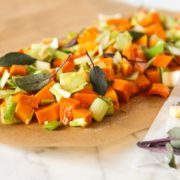
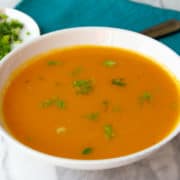
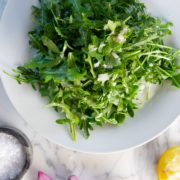
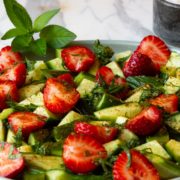


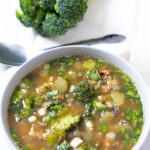
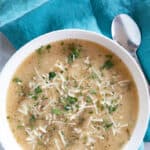
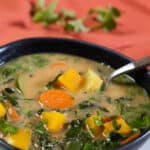
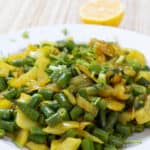
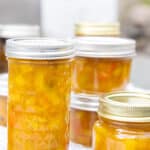


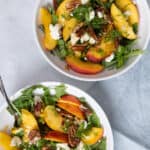
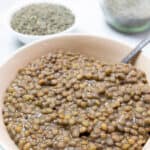
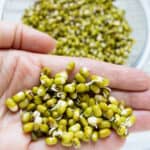
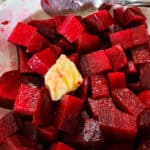

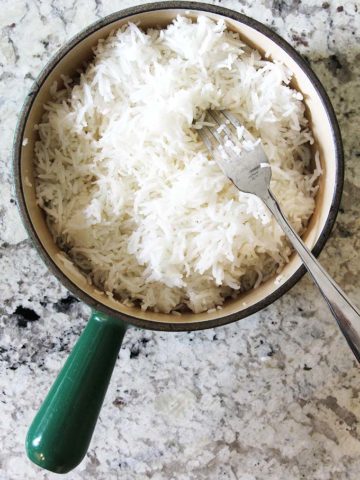
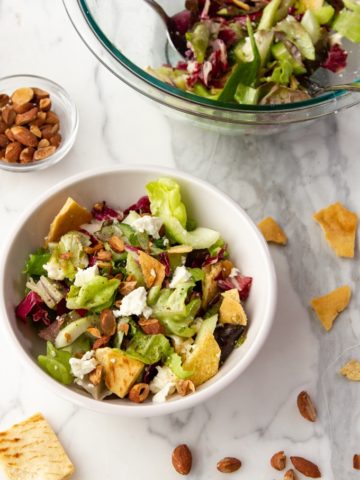
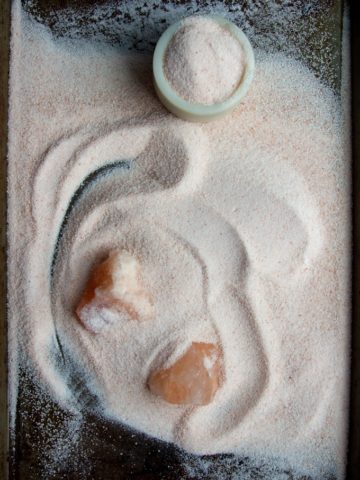
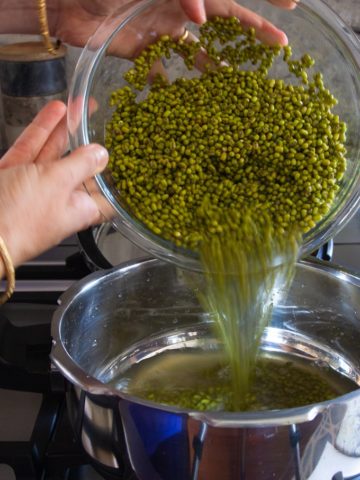
Sarah Annalise @ Virtueberry
Thank you. I tried this recipe once and it is a keeper. Intuitively got more fennel recently and will try it raw too. Reading this again and love the story you tell of the fennel... amazing storytelling/folklore! Thank you for the inspiration!
Andrea
Thanks Sarah for the comment. You can also try chopped fennel bulb in tomato sauce to add natural sweetness. Saute it first in olive oil, then add the tomatoes and simmer. Fennel goes good with Italian herbs like oregano, basil, and garlic. Enjoy your treats and use the goodness of fennel to nurture yourself. — Andrea